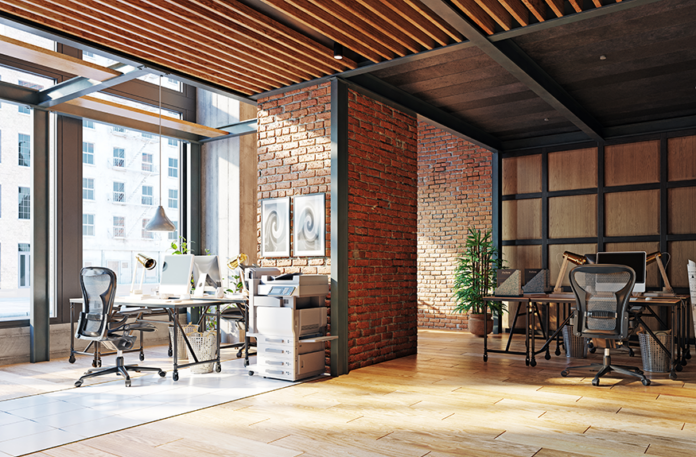Summary:
Yin and Yang are the basic building blocks of feng shui energy theory. They represent the ancestors, or you might say the parents, of the entire universe of energy. Yin is characterized as quiet, soft, dark and cool. It is affiliated with winter, water, shadow and the Moon. When Yin is in balance, it relaxes us; when too much is present, it can literally drown us.
On the other side of the coin is Yang. Yang energy is characterized as warm, bright, active, noisy and is symbolized by the Sun. Fire is the highest form of Yang energy. It lifts us up and moves us; and yet if Yang is over-represented, it can burn us out. Balancing Yin and Yang in a space is a major goal in a successful feng shui design. But how do we do that? The answer is that we simply use the concept of the five “children” of Yin and Yang called the Five Elements—Water, Wood, Fire, Earth and Metal.
. The associated colors of Water are blue and black; the representative material is any liquid, glass or object that has a feeling of “flow.” With Water, the flow of ideas increases. The affiliated shape is asymmetrical or curvilinear.
Symbols are natural sunlight or bright indoor lighting, animal prints, and hot colors like neon, red and orange. The shape is triangular or pyramidal. Any actual fire objects are included in this category such as fireplaces, candles and heaters. We must use caution with the Fire element, however, as it can burn itself out if overdone.
. Low, flat and square items represent Earth, as do pairs of things. Representative colors are brown, yellow and tan. Earth energy makes us feel safe. Brick walls are strong Earth symbols and feel protective.
Symbols of Metal include any round or arched shape which focuses us toward the middle. The colors are silver, iron, pewter and gold, which help pull focus and denote precision.
As a general guide, it’s best if all five elements are represented in a design – just not all in the same proportions. For example, in an office with far too much heat from sunlight (Fire), you certainly would pull in Water elements to destroy that Fire energy, but you also need touches of Earth, Metal and Wood to complete the scene and create a harmonious balance. Typically, choosing two of the elements to stand out as the major theme works best, then you would use the other three to come in as accents.
Analysis:
Because feng shui, “is the ancient Chinese art and science that studies the relationship between the environment and human life,” I found this relative to my research. Most other articles I found about feng shui were focused more on individual spaces, not collaborative ones so I found this particular article of interest to me. Feng shui is the coming together of art and culture to relax us; the energy, flow, and balance of a space all contribute to how one feels in a space. Because all walks of life will be welcomed into the Digital Participation Lab, creating harmony is important to foster a welcoming environment. This also reminds me of the spatial analysis exercise we learned in our sophomore year where the ‘spirit of the place’ was important to grasp while designing something for it. My goal is to go back into the space and do spatial analysis and have feng shui in mind while analyzing the space. I find it very important to have a spirit in mind when designing, so that the end result respects and upholds the spirit.
This article in particular did a good job at breaking down how to achieve feng shui with different materials and colors. It even breaks down shapes and curves of the five elements. I would love to dive deeper and see examples of collaborative spaces that achieve this.
Source:
Feng Shui and collaborative workspaces. CRE Insight Journal. (2022, May 2). Retrieved September 22, 2022, from https://creinsightjournal.com/feng-shui-and-collaborative-workspaces/




